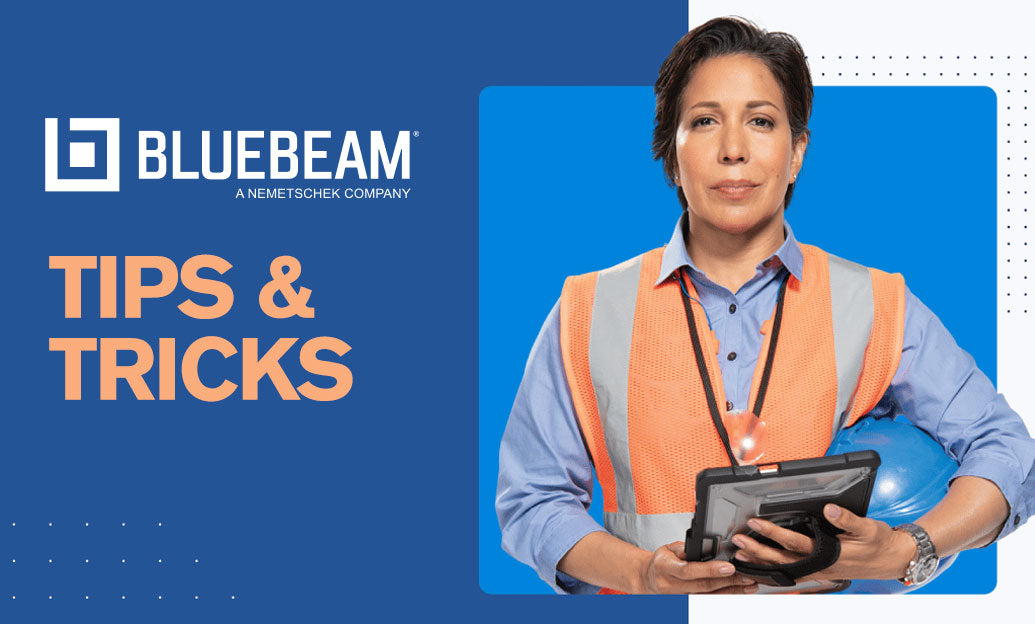Your Cart is Empty
Customer Testimonials
-
"Great customer service. The folks at Novedge were super helpful in navigating a somewhat complicated order including software upgrades and serial numbers in various stages of inactivity. They were friendly and helpful throughout the process.."
Ruben Ruckmark
"Quick & very helpful. We have been using Novedge for years and are very happy with their quick service when we need to make a purchase and excellent support resolving any issues."
Will Woodson
"Scott is the best. He reminds me about subscriptions dates, guides me in the correct direction for updates. He always responds promptly to me. He is literally the reason I continue to work with Novedge and will do so in the future."
Edward Mchugh
"Calvin Lok is “the man”. After my purchase of Sketchup 2021, he called me and provided step-by-step instructions to ease me through difficulties I was having with the setup of my new software."
Mike Borzage
V-Ray Tip: Optimizing Surface Details with V-Ray Bump and Normal Maps for Efficient Rendering
June 30, 2025 2 min read

Enhancing surface details without increasing geometry complexity is crucial for efficient rendering. V-Ray's Bump and Normal Maps are powerful tools to achieve realistic textures and intricate details seamlessly.
-
Understanding Bump Maps:
Bump maps simulate surface irregularities by altering the surface normals based on grayscale images. This technique creates the illusion of depth and texture without adding additional polygons.
- Grayscale Dependency: Lighter areas represent raised surfaces, while darker areas indicate depressions.
- Easy Implementation: Apply bump maps through the V-Ray Material Editor by connecting a bump map node to the material's bump slot.
- Performance Efficiency: Bump maps require minimal computational resources, making them ideal for scenes with high polygon counts.
-
Leveraging Normal Maps:
Normal maps offer a more advanced method for simulating surface details by displacing surface normals in three-dimensional space. This results in more accurate and dynamic lighting interactions compared to bump maps.
- RGB Encoding: Normal maps use RGB channels to encode the direction of the surface normals, allowing for more complex detail representation.
- Enhanced Realism: They provide more realistic textures, especially for intricate surfaces like bricks, fabric, and metal.
- Application in V-Ray: Integrate normal maps in the V-Ray Material Editor by connecting a normal map node to the material's normal slot.
-
Best Practices:
- High-Resolution Maps: Use high-resolution bump and normal maps to ensure detailed surface representation without visible tiling or blurring.
- Optimized UV Mapping: Ensure your UV maps are well-optimized to prevent stretching or distortion of the textures.
- Combining Maps: Utilize both bump and normal maps together to achieve layered detail, enhancing the overall texture complexity.
- Consistency: Maintain consistency in texture direction and scale across different materials to ensure a cohesive look.
-
Integrating with NOVEDGE:
For advanced texturing workflows, leverage resources and tutorials from NOVEDGE. They offer comprehensive guides and support to help you master V-Ray's material tools, including bump and normal maps.
- Resource Library: Access a vast library of textures and map examples to enhance your projects.
- Expert Support: Connect with NOVEDGE experts for personalized advice and troubleshooting.
- Community Forums: Engage with a community of V-Ray professionals to share tips and best practices.
-
Conclusion:
Utilizing V-Ray's Bump and Normal Maps effectively can significantly enhance the realism and detail of your renders without compromising performance. By following best practices and leveraging resources like NOVEDGE, you can achieve high-quality results efficiently.
You can find all the V-Ray products on the NOVEDGE web site at this page.
Also in Design News

Envision: Product Demo 🧑🏻🏫 #chaosenvision #realtimerendering #visualization
June 30, 2025 1 min read
Read More
Bluebeam Tip: Maximizing Efficiency with Bluebeam Revu's Document Comparison Summary Feature
June 30, 2025 2 min read
Read MoreSubscribe
Sign up to get the latest on sales, new releases and more …



